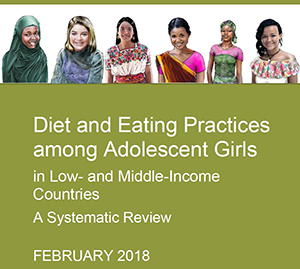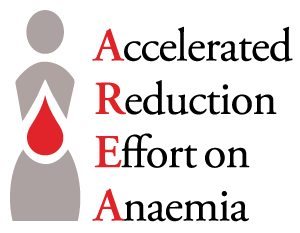How Do Programs Catalyze Change for Nutrition?
SPRING has been working to develop evidence-based, scalable change in SBCC programs for nutrition globally.
SPRING has been working to develop evidence-based, scalable change in SBCC programs for nutrition globally.
This paper was prepared by SPRING and Save the Children UK. Full acknowledgements are included in the PDF version that can be downloaded at the link above.
On March 8 2018, SPRING celebrated International Women’s Day with a presentation at the 1,000 Days Advocacy Working Group in Washington, D.C. Gwyneth Cotes, Global Initiatives Director; Altrena Mukuria Country Initiatives Director; Sarah Titus, Food Security and Nutrition Manager; and Peggy Koniz-Booher, Social and Behavior Change Communication Team Lead spoke about the central role that gender equity plays in improved nutrition outcomes.
The SPRING project worked with the World Health Organization (WHO) Evidence and Programme Guidance Unit, Department of Nutrition for Health and Development, to develop Guideline: Implementing Effective Actions for Improving Adolescent Nutrition.

Adolescent girls in low-and-middle-income countries (LMIC) have poor nutrition profiles, including high risks for undernutrition, overweight/obesity, and micronutrient deficiencies. To better understand the current dietary intake and practices of adolescents in LMIC, we undertook a large-scale systematic review.
The 2015 Fortification Assessment Coverage Tool found that 92 percent of households in Uganda consume maize flour. For school-going children, especially those in boarding school, maize flour is a staple food, served three meals per day for six days each week. However, maize has low levels of vitamin C, iron, zinc, calcium, sodium, and potassium, which are required for healthy growth. Although these could be added by other means, the most cost-effective solution to improve the quality of school-going children’s meals is through food fortification.

Iron supplementation to prevent and control iron deficiency and iron deficiency anaemia is recommended by the World Health Organization across different life stages. WHO guidelines provide these recommendations by specific interventions, not as a set of recommendations across the life stages.